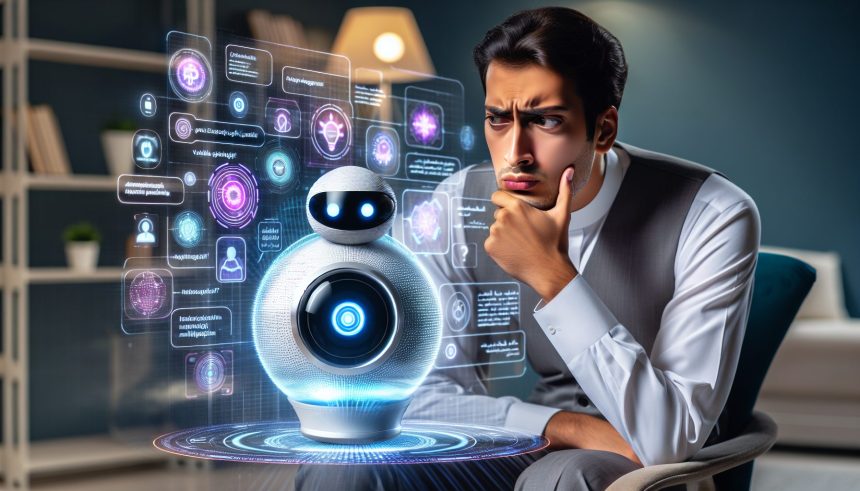Recently, a user seeking assistance from a digital support agent was met with an unexpected response: “I’m sorry, but I can’t assist with that.” This has ignited a debate about the capabilities and limitations of these AI-powered assistants. Is this indicative of a knowledge deficit or a design fault?
This incident emphasizes the need for improvements in digital assistants to meet an array of user needs effectively. The full potential of digital assistants remains seemingly untapped, pointing at future development needs for enhanced communication and assistance features.
User expectations of digital assistants have evolved beyond basic search capabilities or managing calendars. Users demand complex task handling with speed, accuracy, and personalization. Any inability to meet these sometimes lofty expectations can lead to user frustration, a loss of trust, and the possibility of a severed user-assistant relationship. It becomes imperative for AI developers to constantly strive towards improvement and be attuned to user needs.
The refusal to offer support happened after an unknown request. It’s unclear if the request was too complex, nonsensical, or simply beyond the assistant’s abilities. This raises questions about the effectiveness of the algorithms driving these digital tools. It also asks if the existing mechanisms are prepared to handle intricate tasks or illogical demands, or if other factors are at play. While the specifics of the request obscure a clear deduction, this event underlines the importance of ongoing improvement and development in the algorithms of digital assistants.
The incident sparked an investigation by the responsible company. Developers are now under pressure to inspect their systems meticulously, identify inconsistencies, and rectify them. Persistence of refusal responses could lead to reconsidering the reliance on these technologies, seeking alternatives, or reverting to traditional methods. It might slow the pace of technological progress and dampen the excitement of tech innovators. Regular evaluations and stringent testing of these systems are emphasized before market release.
This situation underscores the automation paradox where increased independence can sometimes lead to reduced user control. Rightsizing expectations in this digital landscape is crucial. Digital assistants need to harmoniously collaborate with users and strive for better synchronization between user needs and their digital counterparts. These challenges highlight the ongoing journey for not only perfecting the abilities of digital assistants, but also ensuring they can understand and respond to our requests appropriately, reliably, and accurately.







